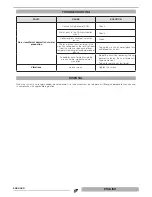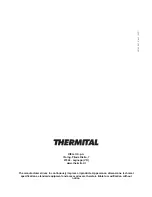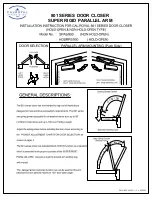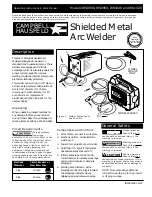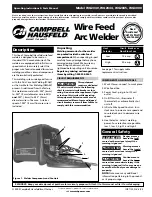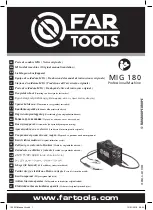
25
ENGLISH
INSTALLER
INSTALLER
Make sure that you comply with all applicable lightning
protection and building potential compensation legislation.
On completion of assembly, make sure that the
T
solar water heating system is perfectly stable, then remove
the protective film from the storage cylinder. Apply the data
plate (1) and the
T
label to the storage cylinder.
a
Never attempt to install the system without using the
personal protection equipment and without following
the safety precautions specified by applicable
occupational safety standards.
1
b
A protective film is applied to the glass of the solar collector to protect the absorber against solar irradiation and prevent the
solar collector from becoming too hot if it is not going to be put into service immediately.
Fill the system, but do not remove
the film until you are ready to put the system into service.
Take care when removing the film as it may be electrostatically
charged. Do not leave the protective film in place for longer than 12 months. Once removed, the protective film cannot be
re-used. Dispose of the protective film in compliance with legislation governing the disposal of PVC.
SYSTEM WATER CONNECTIONS
UAC
Domestic hot water outlet (Ø 3/4”)
EAF
Domestic cold water inlet (Ø 3/4”)
1
Primary (solar collector) circuit safety valve (2.5
bar)
2
Non-return valve - safety valve of secondary (DHW)
circuit (10 bar)
3
Storage cylinder
4
Collector
5
DHW tank (secondary circuit)
6
Primary circuit
7
Magnesium anode
8
Primary circuit filling/drain cock
9
Cock
10
Insulation
11
DHW circuit expansion vessel
12
Pressure reducer
13
Water softener filter
14
Drain
CWI
HWO
1
9
9
9
11
12 13
14
14
14
8
14
2
3
5
7
6
6
heat exchange
heat exchange
4
10
Connections to be
made by the installer
The water supply circuit must permit the storage cylinder to be filled and emptied in safety. Shut-off valves must therefore be
easily accessible to the user and the operation of emptying the storage cylinder must not create any risk of flooding or other
damage.
b
All water pipe connections must conform to applicable
standards.
b
The operating pressure limits specified on the data
plate must never be exceeded. It may therefore be
necessary to fit a pressure reducer.
b
A thermal mixing valve must always be connected to
the hot water outlet to control the temperature of hot at
the taps.
b
The point through which the water pipes enter the
building must be rain-proof and damp-proof.





















